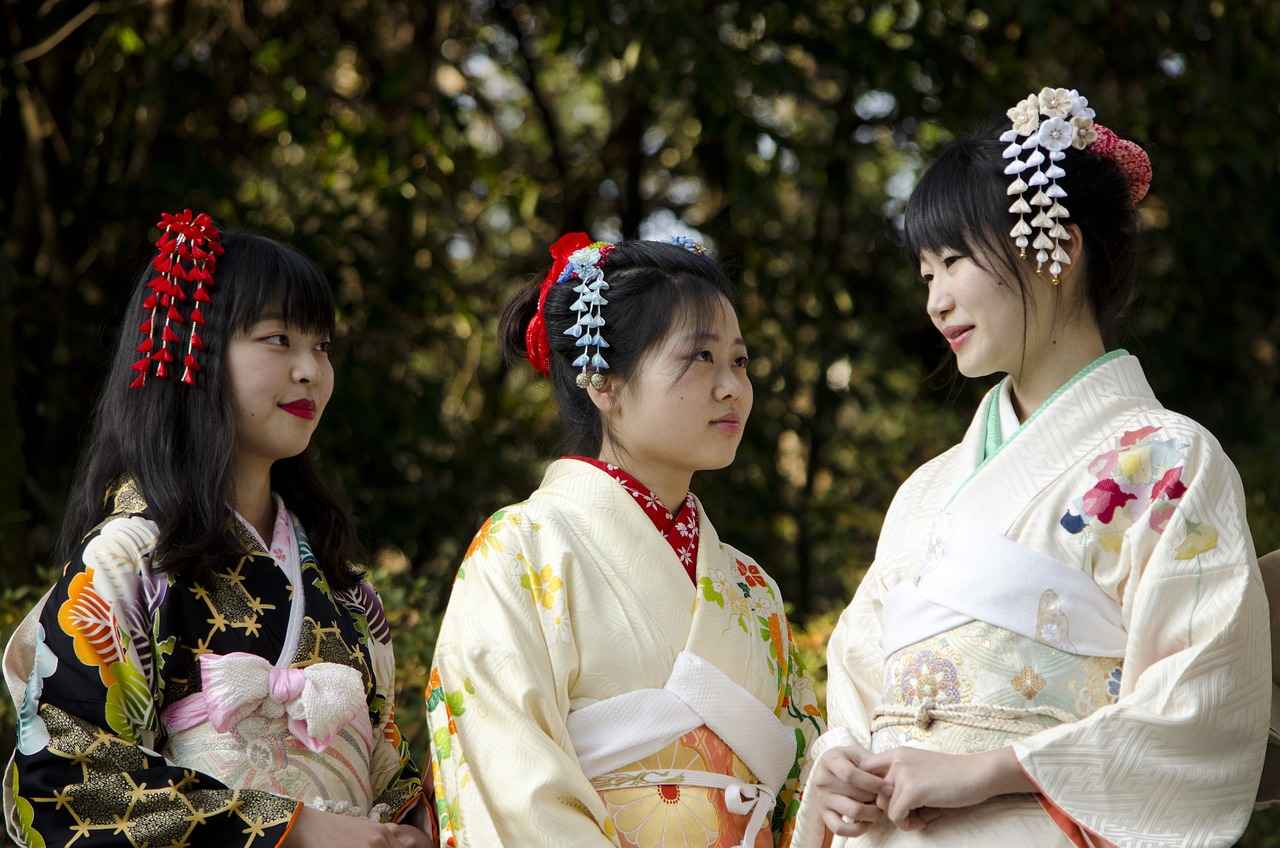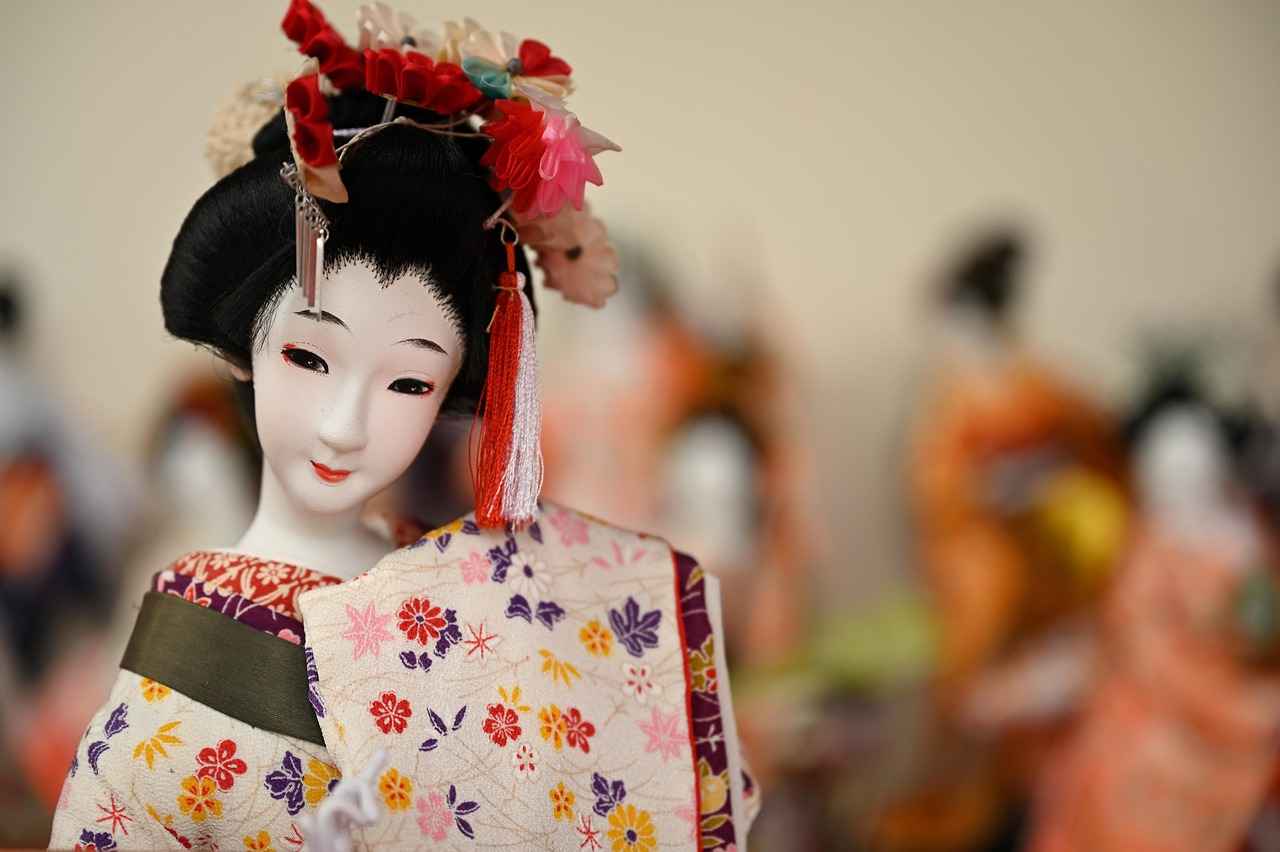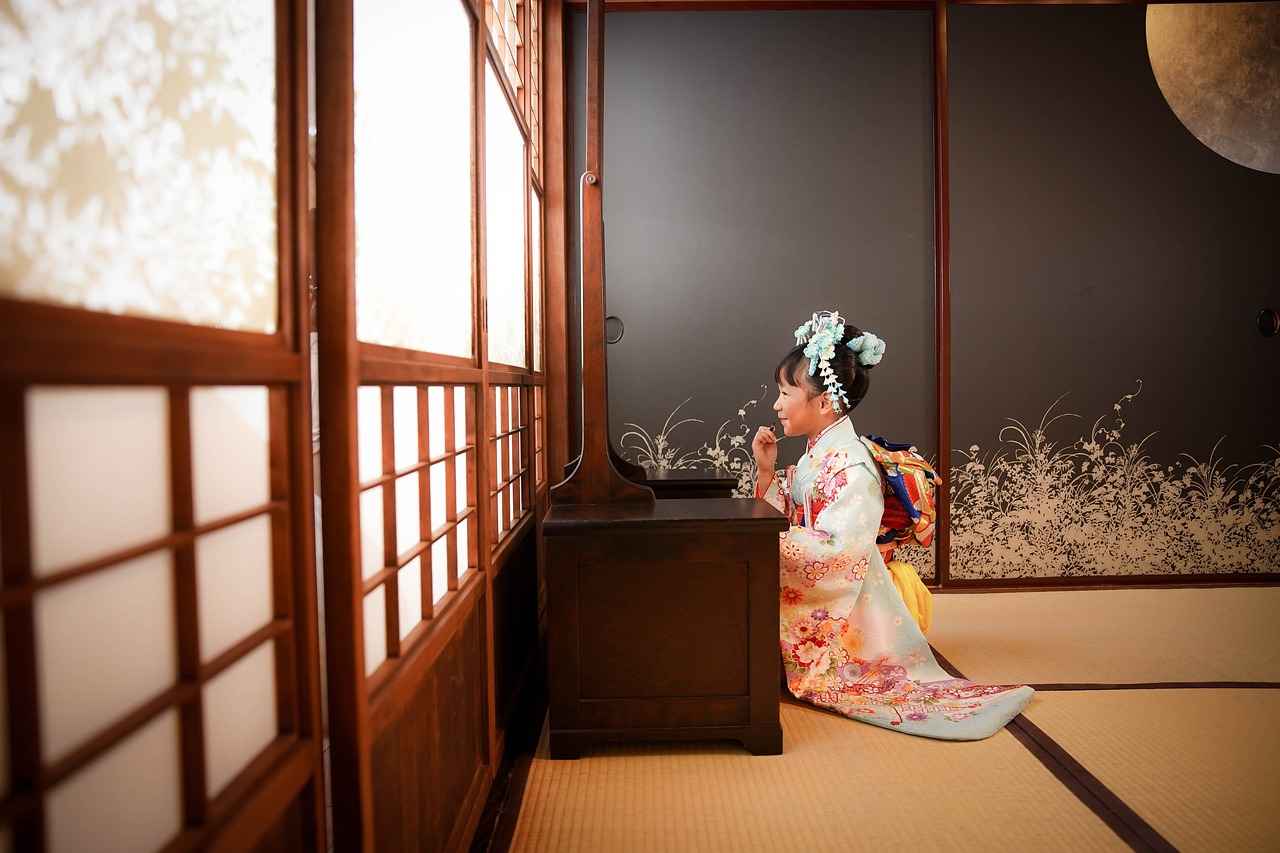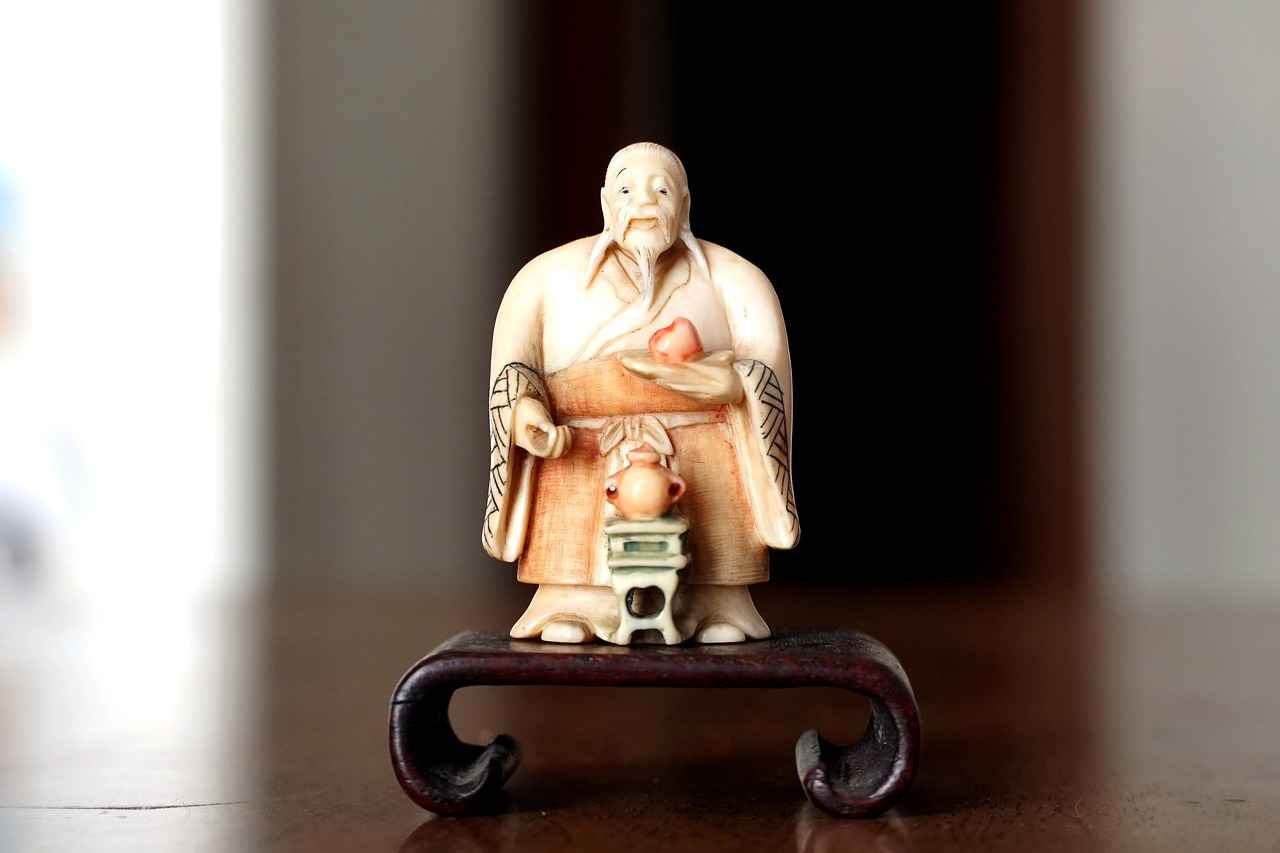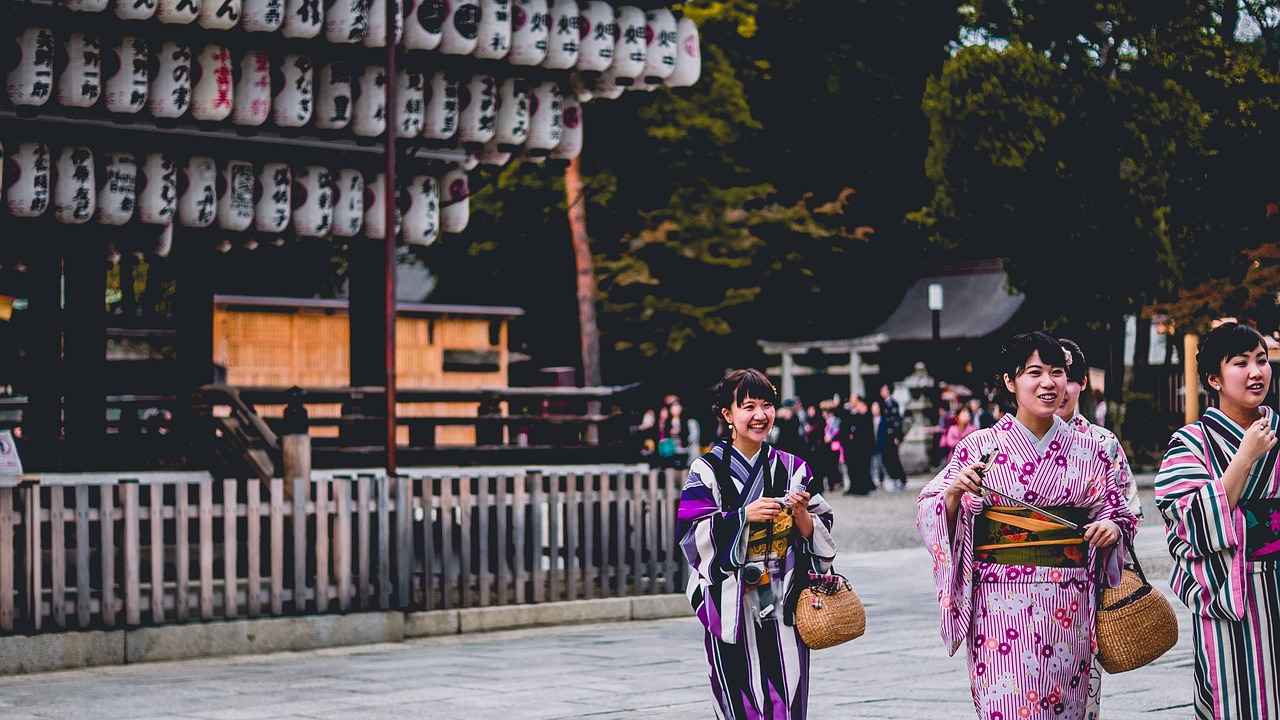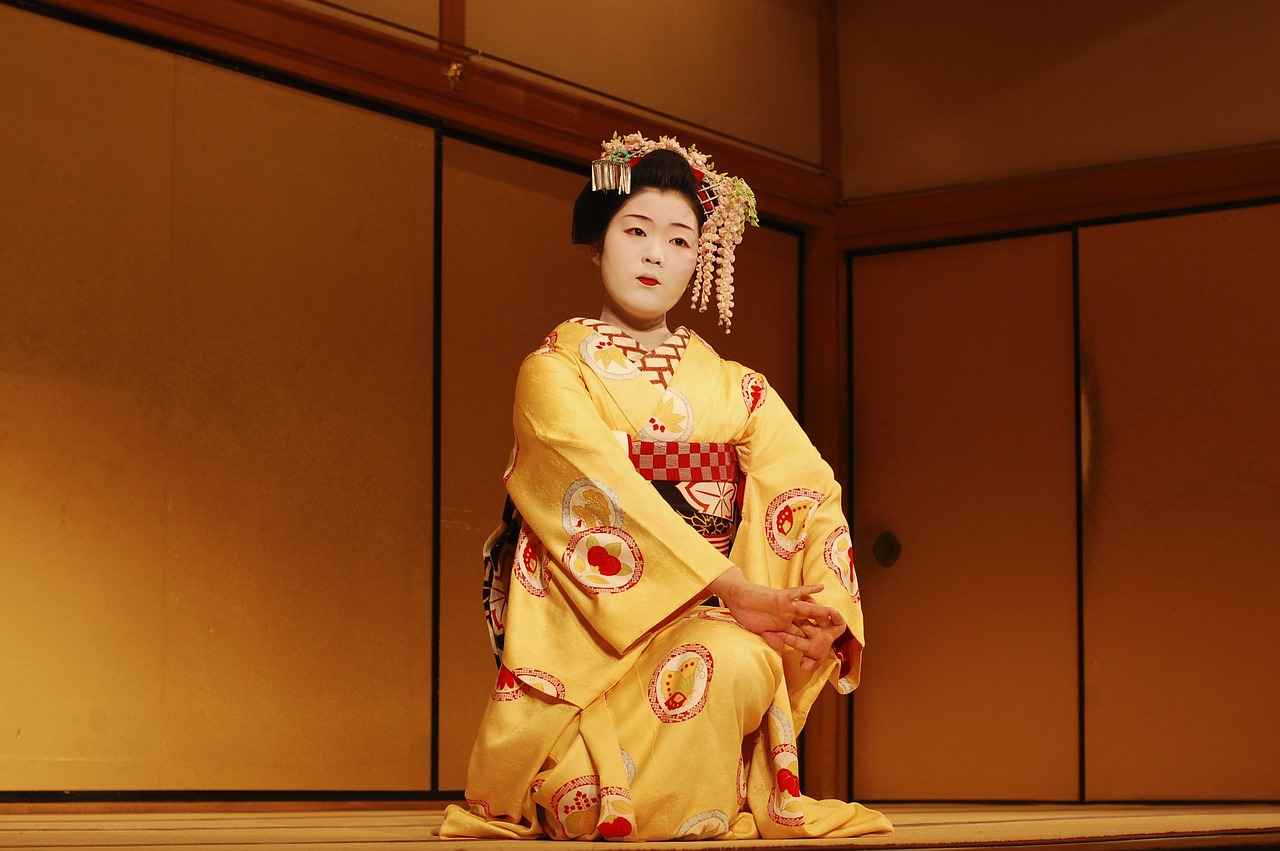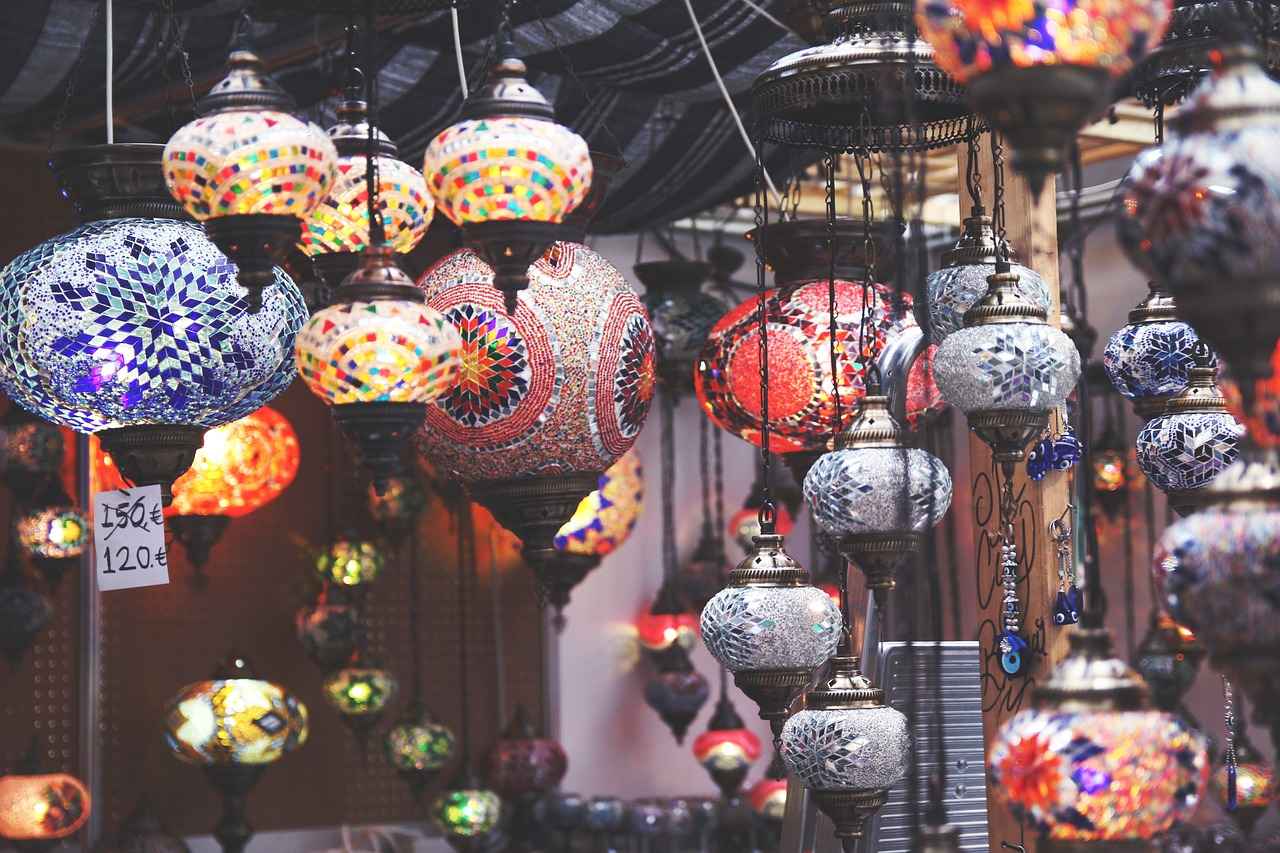This article delves into the importance of the kimono and obi in traditional Japanese fashion, tracing their historical roots, various styles, and their cultural significance in modern society.
The History of Kimono
The kimono, a symbol of Japanese culture, has a storied history that spans several centuries. Originating in the Heian period (794-1185), the kimono has evolved through different eras, reflecting the social changes and artistic movements of Japan. Understanding its historical context enriches our appreciation of its significance in contemporary fashion.
Types of Kimono
Kimonos are available in numerous styles, each tailored for specific occasions. The choice of kimono often indicates the wearer’s status and the nature of the event. Below are the main categories:
- Formal Kimonos: Worn during significant events such as weddings and tea ceremonies.
- Casual Kimonos: More relaxed styles like the yukata, typically worn at summer festivals.
Formal Kimonos
Among formal kimonos, two prominent types are:
- Furisode: Recognized by its long sleeves, this kimono is traditionally worn by young unmarried women, symbolizing youth and elegance.
- Tomesode: Usually worn by married women, this kimono features shorter sleeves and subtle designs, representing maturity and sophistication.
The Role of Obi in Kimono Fashion
The obi is an essential accessory that enhances the overall appearance of the kimono. It comes in various styles and widths, tailored for different occasions. The way an obi is tied can dramatically change the outfit’s look, making it an art form in itself.
Modern Interpretations of Kimono and Obi
In contemporary fashion, designers are reinterpreting traditional kimono and obi styles, merging them with modern aesthetics. This fusion creates unique pieces that resonate with younger generations while preserving the cultural heritage.
Conclusion: The Timeless Appeal of Kimono and Obi
The enduring allure of the kimono and obi lies in their ability to bridge the gap between tradition and modernity. As essential elements of Japanese culture, they continue to inspire and captivate, ensuring their relevance in today’s fashion landscape.
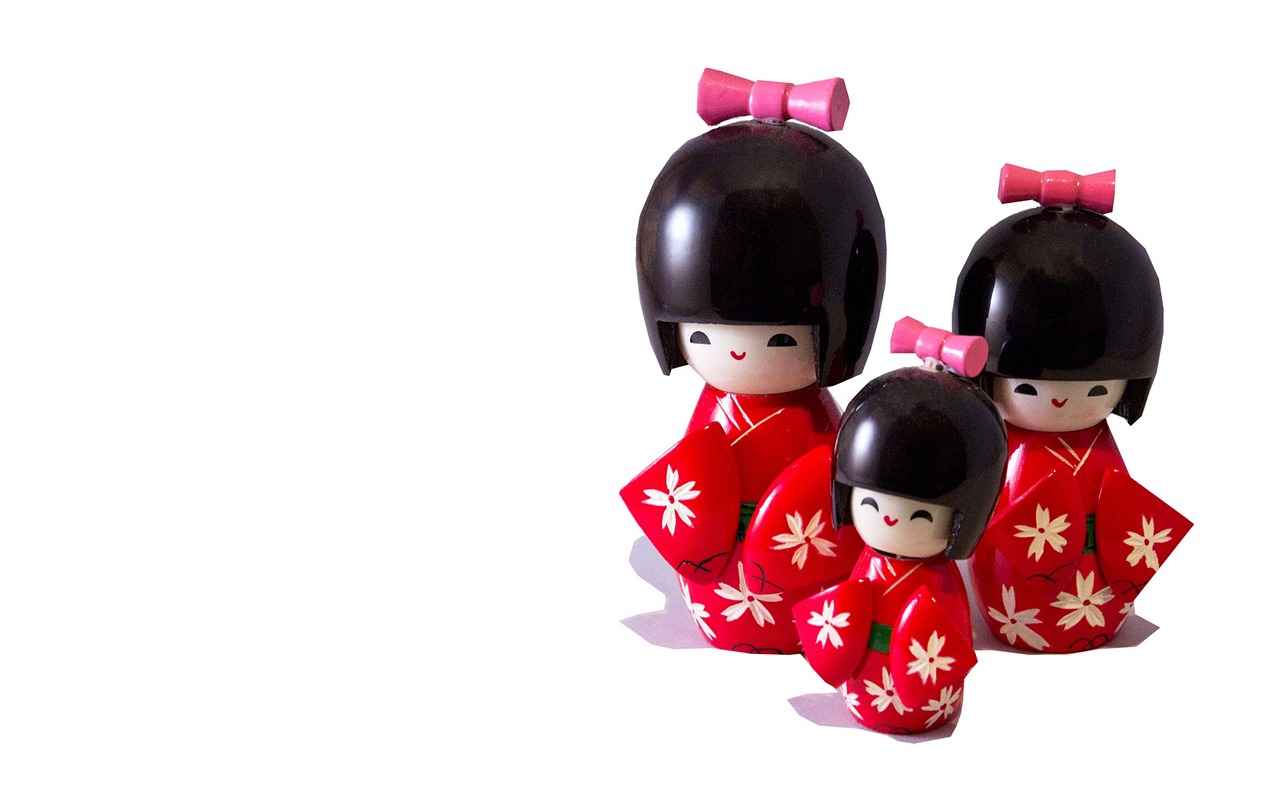
The History of Kimono
The kimono is not merely a garment but a symbol of Japan’s rich cultural heritage, with a history that spans over a thousand years. Its origins can be traced back to the Heian period (794-1185), where it was initially designed as a simple, practical garment. Over the centuries, the kimono evolved, reflecting the changing aesthetics, social structures, and cultural influences of different eras.
During the Kamakura period (1185-1333), the kimono began to take on more elaborate forms, with the introduction of new fabrics and dyeing techniques. This period marked the transition from the utilitarian clothing of the Heian period to more decorative styles, influenced by the samurai class and their emphasis on status and elegance.
In the Edo period (1603-1868), the kimono reached new heights of popularity and complexity. The rise of the merchant class allowed for greater access to luxurious materials, and the designs became increasingly intricate, featuring vibrant colors and detailed patterns. The kimono became a canvas for artistic expression, with each design often carrying deep cultural meanings.
| Period | Characteristics |
|---|---|
| Heian | Simple, practical designs |
| Kamakura | More elaborate forms and fabrics |
| Edo | Intricate designs, vibrant colors |
Today, the kimono continues to hold a significant place in Japanese culture, often worn during ceremonial occasions such as weddings, tea ceremonies, and festivals. Understanding the kimono’s history allows us to appreciate its ongoing relevance and the cultural narratives it embodies. As we witness a resurgence of interest in traditional attire, the kimono stands as a testament to Japan’s enduring artistic and cultural legacy.
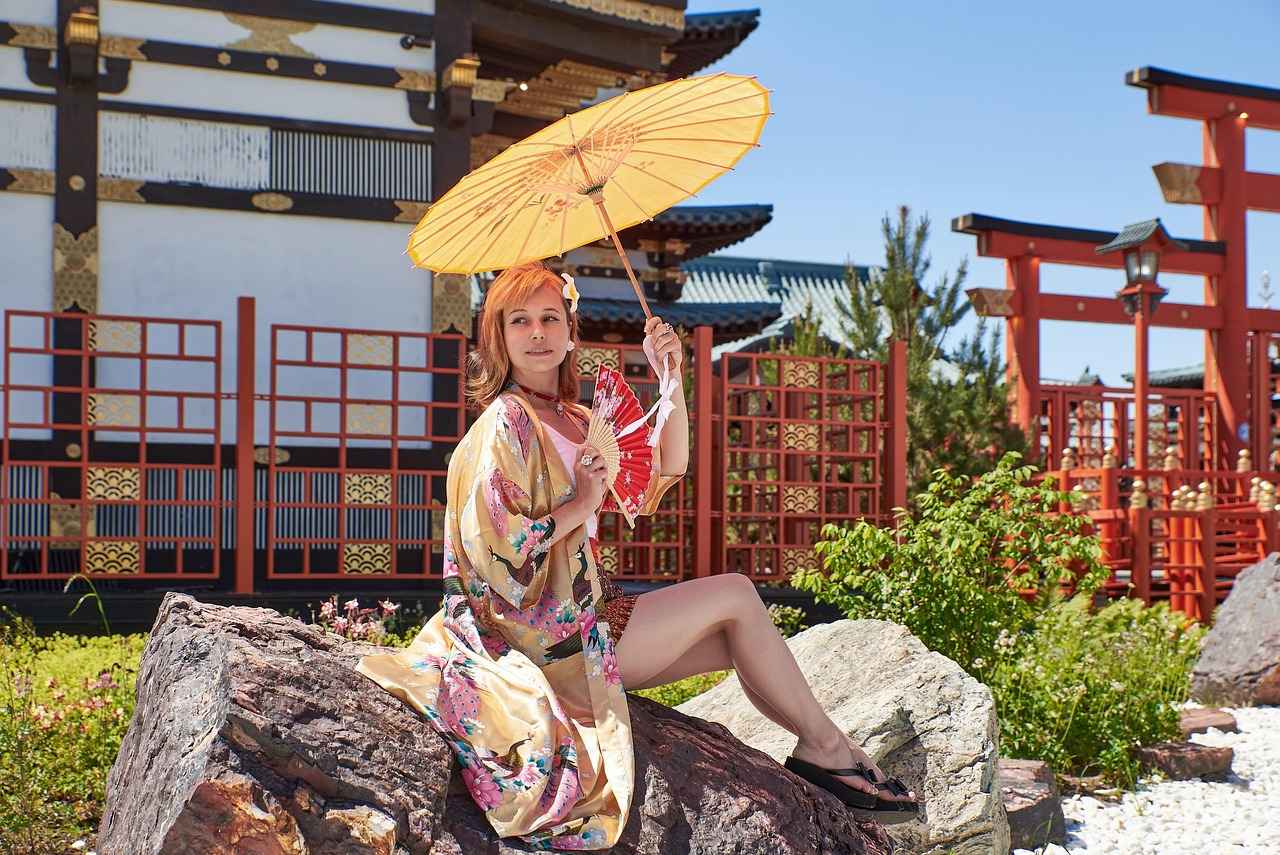
Types of Kimono
Kimonos are not just garments; they are a reflection of Japan’s rich culture and history. Each type of kimono is designed for specific occasions, showcasing the wearer’s status and the nature of the event. Understanding the different styles of kimonos can enhance appreciation for this traditional attire.
Kimonos can be categorized into several types, each suited for various occasions. Here’s a closer look at some of the most prominent styles:
- Formal Kimonos
- Furisode: This kimono features long sleeves and is traditionally worn by young unmarried women. It is often adorned with vibrant colors and intricate patterns, making it ideal for formal events like weddings and coming-of-age ceremonies.
- Tomesode: Typically worn by married women, the tomesode has shorter sleeves and usually displays more subdued colors and elegant designs. It is often worn during significant family events such as weddings or formal gatherings.
- Casual Kimonos
- Yukata: A lightweight cotton kimono, the yukata is perfect for summer festivals and casual outings. Its relaxed fit allows for easy movement, making it a popular choice during hot weather.
- Hifu: This is a more casual kimono often worn at home or during informal gatherings. It is usually made from comfortable fabrics and features simple designs.
- Special Occasion Kimonos
- Shichigosan Kimono: Worn by children during the Shichigosan festival, these kimonos are vibrant and often feature playful designs. They celebrate the growth of children at the ages of three, five, and seven.
- Graduation Kimonos: These kimonos are worn by graduates during ceremonies, symbolizing achievement and new beginnings. They often feature elegant designs that reflect the celebratory nature of the event.
Each kimono type not only serves a practical purpose but also embodies the cultural values and traditions of Japan. By understanding these different styles, one can appreciate the artistry and significance behind this timeless attire.
Formal Kimonos
hold a special place in the rich tapestry of Japanese culture, embodying tradition, artistry, and elegance. These garments are not merely clothing; they are a reflection of the wearer’s status and the significance of the occasion. Among the various types of formal kimonos, the furisode and tomesode stand out, each with its unique characteristics and cultural meanings.
The furisode is a striking garment known for its long, flowing sleeves, traditionally worn by young unmarried women. This kimono is often adorned with vibrant colors and intricate patterns, symbolizing youth and beauty. It is commonly worn at significant events such as weddings, coming-of-age ceremonies, and other celebratory occasions. The elaborate designs of the furisode showcase the artistry of kimono makers, often featuring motifs that represent good fortune and happiness.
In contrast, the tomesode is typically worn by married women and features shorter sleeves. This kimono is characterized by its more subdued color palette and elegant patterns, reflecting maturity and sophistication. The tomesode is often chosen for formal events such as weddings and tea ceremonies, where the wearer seeks to convey a sense of grace and decorum. The designs on a tomesode usually include intricate motifs that symbolize family heritage and prosperity.
Both the furisode and tomesode are complemented by the obi, a wide belt that enhances the overall appearance of the kimono. The way the obi is tied can significantly influence the outfit’s aesthetic, making it an essential element of formal kimono attire.
In conclusion, formal kimonos like the furisode and tomesode are not just garments; they are cultural artifacts that celebrate significant life events. Their intricate designs and vibrant colors continue to captivate, ensuring that the tradition of wearing kimonos remains alive in modern society.
Furisode
The Furisode: A Symbol of Youth and Elegance
The is a traditional Japanese kimono that stands out due to its exceptionally long sleeves. This garment is typically worn by young unmarried women during formal events, serving as a powerful symbol of youth and elegance. The furisode is not just a piece of clothing; it embodies cultural significance and represents a rite of passage into adulthood.
Historically, the furisode has been associated with various important life events, such as coming-of-age ceremonies (Seijin Shiki), weddings, and other formal celebrations. The vibrant colors and intricate designs often found on furisode kimonos reflect the wearer’s personality and social status, making it a vital part of Japanese cultural identity.
Design and Patterns
- The furisode is characterized by its long, flowing sleeves that can reach up to 100 cm in length.
- It is often adorned with beautiful patterns that may include floral motifs, seasonal themes, or traditional symbols.
- Colors play a crucial role, with bright and bold hues signifying vitality and youth.
Occasions for Wearing Furisode
Furisode kimonos are typically worn during:
- Seijin Shiki: Celebrating the transition into adulthood at age 20.
- Weddings: Often worn by brides or guests to showcase elegance.
- Formal Gatherings: Such as tea ceremonies or cultural festivals.
Caring for Your Furisode
To maintain the beauty and integrity of a furisode, proper care is essential. This includes:
- Dry cleaning to preserve the fabric and colors.
- Storing it in a cool, dry place away from direct sunlight.
In conclusion, the furisode is more than just a garment; it is a representation of Japanese heritage and a celebration of youthful beauty. As fashion evolves, the furisode remains a cherished piece, symbolizing the connection between tradition and modernity.
Tomesode
is a traditional Japanese kimono style that holds significant cultural importance, especially among married women. This elegant garment is characterized by its shorter sleeves and is often adorned with subtle patterns that reflect the wearer’s maturity and sophistication. The design and color of a tomesode play a crucial role in conveying the social status and the occasion for which it is worn.
Historically, the tomesode is generally worn during formal events such as weddings, tea ceremonies, and other significant celebrations. Unlike the furisode, which is designed for young, unmarried women and features long, flowing sleeves, the tomesode’s shorter sleeves symbolize a transition into adulthood and marital status. The patterns on a tomesode are usually understated, often incorporating motifs that signify good fortune, longevity, or seasonal themes.
In terms of color, tomesode typically comes in a range of shades, from deep, rich hues to softer pastels. The choice of color can reflect the season or the formality of the occasion. For instance, darker colors are often reserved for more formal events, while lighter shades may be appropriate for celebratory gatherings.
When accessorizing a tomesode, the obi plays an essential role. The obi, a wide belt, is tied around the waist and can be styled in various ways to enhance the overall appearance of the kimono. The way the obi is tied can vary depending on personal preference and the formality of the event, showcasing the wearer’s creativity and attention to detail.
As modern fashion evolves, the tomesode continues to be celebrated not only in traditional contexts but also in contemporary fashion shows and events. Designers are increasingly incorporating elements of the tomesode into their collections, blending traditional craftsmanship with modern aesthetics to appeal to younger generations.
In conclusion, the is more than just a garment; it is a symbol of culture, tradition, and personal identity. Its rich history and elegant design ensure that it remains a cherished piece of Japanese heritage.
Casual Kimonos
are a delightful aspect of Japanese fashion, offering a blend of comfort and style. Unlike their more formal counterparts, casual kimonos such as the yukata are designed for relaxed settings and occasions. These garments are typically made from lightweight cotton or linen, making them perfect for warm summer days and festive gatherings.
Traditionally, yukatas are worn during summer festivals in Japan, where people celebrate with fireworks, food stalls, and traditional games. The vibrant colors and patterns of these kimonos often reflect the joyous spirit of the season. Wearing a yukata allows for ease of movement, making it ideal for dancing and participating in various festival activities.
- Comfortable Fit: The loose-fitting design of casual kimonos ensures that wearers can move freely, whether they are relaxing at home or enjoying a summer event.
- Versatile Styles: Casual kimonos come in various designs, from simple solid colors to intricate patterns, catering to different tastes and preferences.
- Easy to Wear: Unlike formal kimonos, which require careful styling and accessories, casual kimonos can be easily donned, making them accessible for everyone.
Moreover, the yukata is often paired with a simple obi, which adds a touch of elegance without overwhelming the outfit. This pairing highlights the beauty of traditional Japanese attire while maintaining a laid-back vibe. Many people also wear casual kimonos at home, enjoying the comfort they provide during leisure time.
In recent years, the popularity of casual kimonos has extended beyond Japan, influencing global fashion trends. Designers worldwide are incorporating elements of the yukata into their collections, celebrating its cultural significance while adapting it for modern wearers.
In conclusion, casual kimonos like the yukata are more than just garments; they represent a lifestyle that embraces comfort, tradition, and celebration. Whether worn during festivals or at home, their charm continues to resonate with people of all ages.
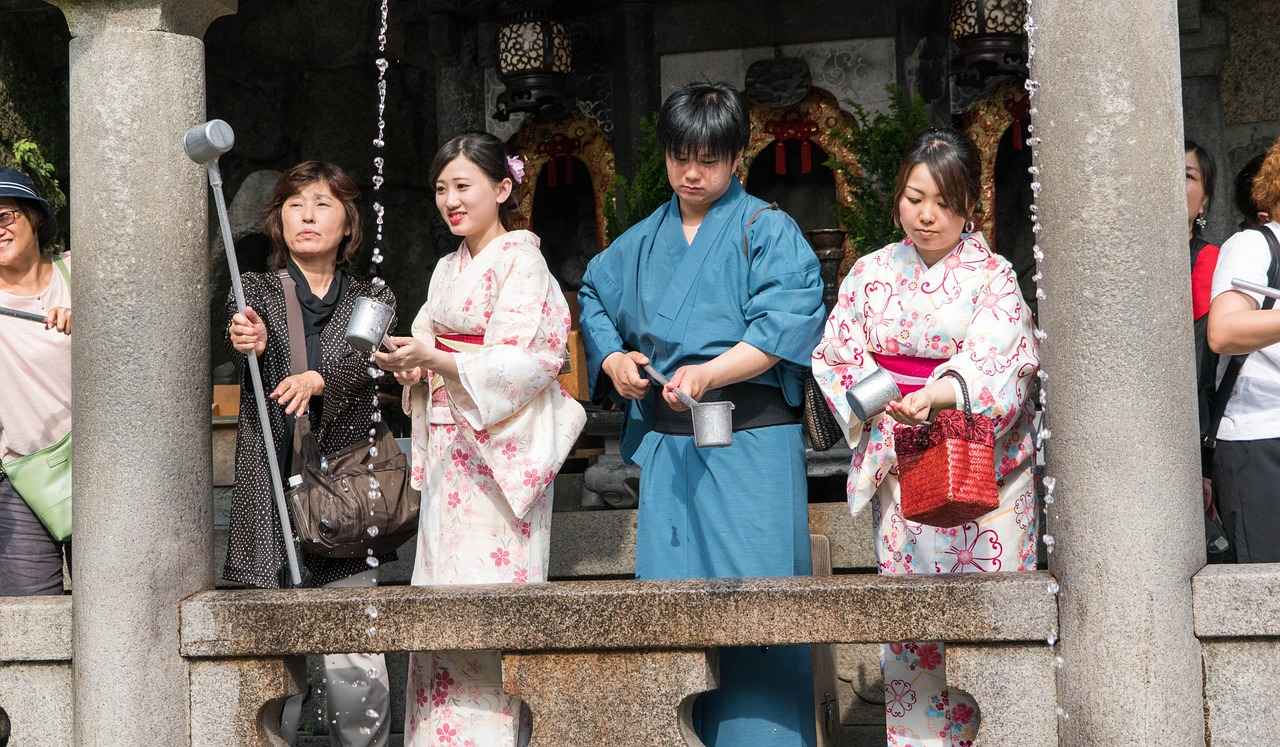
The Role of Obi in Kimono Fashion
The obi is not merely an accessory; it is a vital component that completes the traditional kimono ensemble. Its significance extends beyond functionality, as it plays a crucial role in the overall aesthetic and cultural representation of the outfit. The obi’s style, width, and tying method can dramatically alter the appearance of the kimono, making it an essential element in Japanese fashion.
Historically, the obi has evolved alongside the kimono, reflecting changes in fashion and social norms. In contemporary society, it remains a symbol of elegance and tradition. The choice of obi can convey messages about the wearer’s status, occasion, and even personality. With various styles available, from the wide and elaborate to the narrow and simple, the obi complements the kimono’s design while allowing for personal expression.
| Type of Obi | Description | Occasions |
|---|---|---|
| Fukuro Obi | Wide and often elaborately designed, suitable for formal occasions. | Weddings, tea ceremonies |
| Haneri Obi | Narrow and simpler, often used for casual wear. | Summer festivals, casual outings |
| Maru Obi | Fully patterned on both sides, typically worn with formal kimonos. | Special ceremonies and formal events |
When it comes to tying an obi, the technique can be considered an art form. There are numerous styles, each with its significance and aesthetic appeal. For instance, the taiko musubi is a popular knot that resembles a drum, often used for formal occasions, while the chou musubi creates a bow shape, adding a playful touch to the outfit.
In modern fashion, designers are reinterpreting the obi, incorporating contemporary materials and styles to appeal to younger audiences. This fusion of tradition and modernity ensures that the obi remains relevant and appreciated in today’s fashion landscape.
Conclusion: The obi is more than just an accessory; it is a testament to Japan’s rich cultural heritage and a vital part of the kimono’s charm. Its ability to enhance the overall look of the kimono while allowing for personal expression makes it an enduring symbol of elegance and tradition.
Types of Obi
The obi is an integral part of traditional Japanese attire, particularly when worn with a kimono. This decorative sash comes in various styles and widths, each tailored for specific kimono types and occasions. Understanding the different types of obi can enhance your appreciation of this beautiful accessory.
| Type of Obi | Description | Occasions |
|---|---|---|
| Fukuro Obi | A wide, flat obi often featuring elaborate designs, suitable for formal occasions. | Weddings, tea ceremonies |
| Nagoya Obi | Shorter than the fukuro obi, it has a pre-tied section that makes it easier to wear. | Casual outings, festive events |
| Haneri Obi | A simple, narrow obi often worn with casual kimonos, providing comfort and ease. | Summer festivals, home wear |
| Jinbaori Obi | A type of obi used primarily for outdoor wear, often paired with a jinbaori coat. | Outdoor events, casual gatherings |
Each obi style not only serves a functional purpose but also adds an aesthetic element to the kimono ensemble. The choice of obi can reflect the wearer’s personality and the cultural significance of the occasion. For instance, a fukuro obi with intricate embroidery may be chosen for a wedding, symbolizing elegance and grace, while a simpler haneri obi might be preferred for a relaxed summer festival.
In conclusion, the variety of obi styles available allows for a rich expression of tradition and personal style within the framework of Japanese fashion. Understanding these types can greatly enhance the experience of wearing a kimono, making each occasion memorable.
How to Tie an Obi
Tying an obi is not merely a practical task; it is an intricate art form that has been refined over generations. The obi, a wide belt worn with a kimono, plays a pivotal role in traditional Japanese fashion, and the way it is tied can greatly influence the overall aesthetic of the ensemble.
There are numerous techniques for tying an obi, each with its unique flair and purpose. Some of the most popular methods include:
- Taiko Musubi: This is the most common style, characterized by its drum-like knot. It is often used for formal occasions and provides a balanced look.
- Otaiko Musubi: Similar to Taiko Musubi, but typically features a more elaborate design, suitable for special ceremonies.
- Haneri Musubi: A simpler knot that is perfect for casual kimonos, allowing for ease of movement and comfort.
- Fukura Suzume: This technique creates a rounded knot that adds volume and is often used in festive settings.
Mastering these techniques can significantly enhance the visual impact of the kimono. For instance, a well-tied Taiko Musubi can draw attention to the intricate patterns of the kimono, while a more playful knot like the Fukura Suzume can add a sense of whimsy to the outfit.
Furthermore, the choice of obi fabric and color can also affect the overall look. A vibrant, patterned obi can serve as a statement piece, contrasting beautifully with a more subdued kimono, whereas a monochromatic obi can create a harmonious, elegant appearance.
In conclusion, the art of tying an obi is a skill that not only enhances the beauty of the kimono but also reflects the wearer’s understanding of traditional Japanese aesthetics. Whether for formal events or casual outings, the way an obi is tied can elevate an ensemble, making it a crucial aspect of kimono fashion.

Modern Interpretations of Kimono and Obi
In recent years, the world of fashion has witnessed a remarkable transformation, particularly in how traditional attire is perceived and worn. Designers are now reimagining the classic kimono and obi styles, merging them with contemporary aesthetics to create innovative and stylish pieces that appeal to younger generations. This fusion of tradition and modernity not only revitalizes these garments but also helps preserve their cultural significance.
The kimono, once a staple of Japanese wardrobe, is now being adapted into various forms, such as streetwear, high fashion, and even activewear. Designers are experimenting with fabrics, patterns, and cuts, allowing for greater versatility and personal expression. For instance, the traditional long sleeves of the kimono may be shortened or altered to create a more casual look, making it suitable for everyday wear.
Similarly, the obi—traditionally a wide belt that complements the kimono—has also undergone a transformation. Contemporary designers are creating slimmer and more decorative versions that can be worn with various outfits, not just kimonos. This adaptability encourages a broader audience to appreciate and embrace the beauty of these traditional accessories.
- Innovative Textures: Designers are incorporating modern textiles, such as denim and jersey, into kimono designs.
- Bold Patterns: Bright colors and abstract patterns are replacing the more subdued traditional designs.
- Layering Techniques: Kimonos are now often layered with contemporary clothing, creating a unique style statement.
This resurgence of interest in kimono and obi styles among younger generations highlights a growing appreciation for cultural heritage, while also allowing for personal creativity. As these garments evolve, they continue to serve as a bridge between past and present, ensuring that the essence of Japanese fashion remains vibrant and relevant.
Conclusion: The modern interpretations of kimono and obi reflect a dynamic interplay between tradition and innovation. By embracing these changes, fashion designers not only honor the rich history of these garments but also invite a new audience to experience their beauty and significance in the contemporary world.
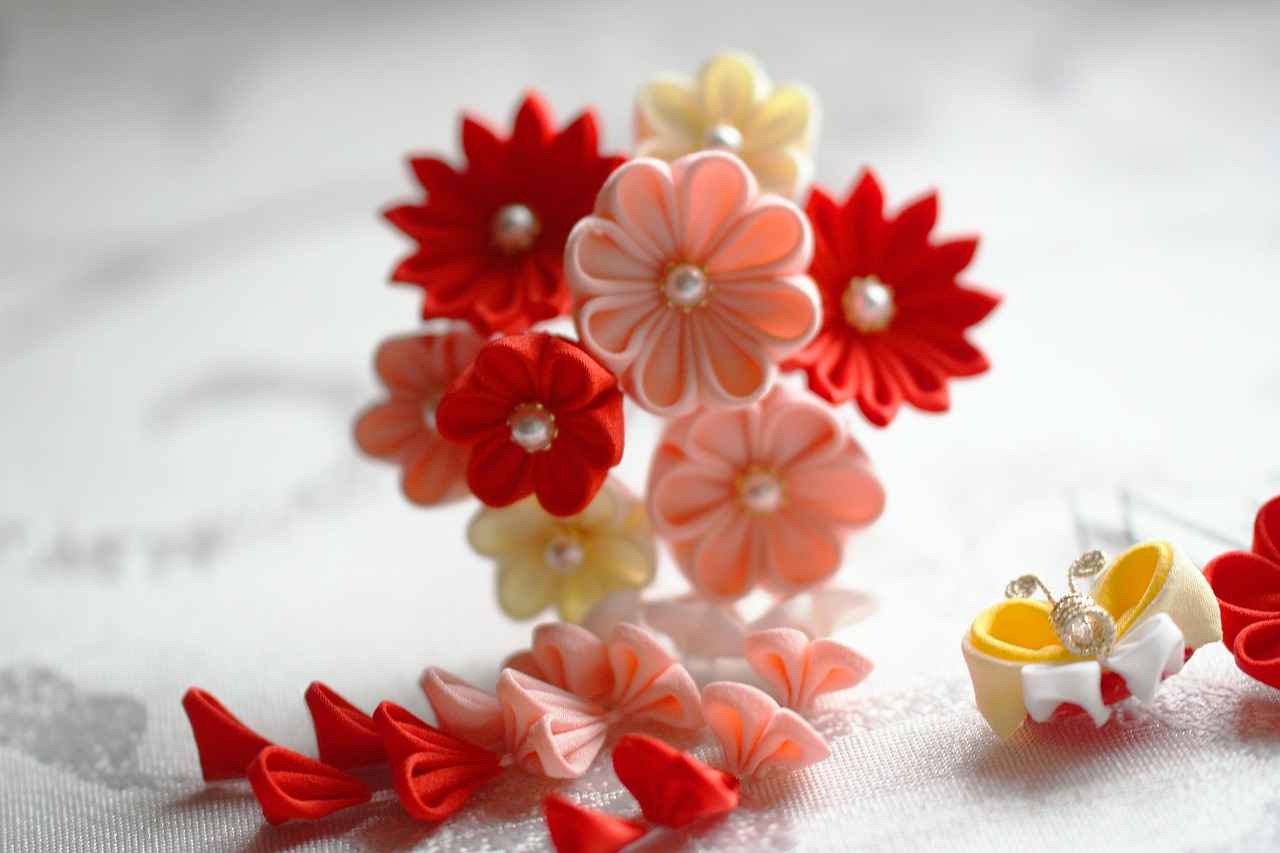
Conclusion: The Timeless Appeal of Kimono and Obi
The kimono and obi are not merely garments; they are profound symbols of Japanese culture that embody a rich tapestry of history, artistry, and identity. Their enduring charm lies in their remarkable ability to bridge the gap between tradition and modernity, making them essential elements of Japanese cultural heritage and fashion.
Historically, the kimono has evolved through various periods, reflecting the social and cultural changes within Japan. Initially, it served practical purposes but gradually became a canvas for artistic expression. Today, the kimono is celebrated not just as traditional attire, but also as a fashion statement that resonates with contemporary values.
The variety of kimono styles, from the formal furisode to the casual yukata, showcases its versatility. Each type is designed for specific occasions, allowing wearers to express their individuality and social status. The obi, a wide belt that secures the kimono, plays a crucial role in enhancing the overall aesthetic. Its design and the method of tying it can significantly alter the look and feel of the outfit.
In recent years, fashion designers have embraced the kimono and obi, integrating them into modern wardrobes. This fusion of traditional elements with contemporary styles has made these garments appealing to younger generations. The result is a vibrant fashion scene where the kimono is not just worn at cultural festivals but also at casual outings and formal events.
As we look to the future, the kimono and obi continue to evolve, symbolizing a dynamic interplay between past and present. Their timeless appeal lies in their unique ability to adapt while retaining their cultural significance, making them enduring icons of Japanese heritage.
Conclusion: The kimono and obi are more than just clothing; they are a celebration of Japan’s rich cultural history and a testament to its ongoing evolution in the world of fashion. Their ability to connect tradition with modernity ensures that they remain vital components of both cultural heritage and contemporary style.
Frequently Asked Questions
- What is the significance of the kimono in Japanese culture?
The kimono is more than just clothing; it’s a symbol of Japanese heritage and identity. Traditionally worn on special occasions, it represents elegance and respect for cultural customs.
- How do I choose the right type of kimono for an occasion?
Choosing the right kimono depends on the event. For formal occasions like weddings, opt for a tomesode or furisode. For casual settings, a yukata is perfect, especially during summer festivals.
- What is an obi and why is it important?
The obi is a decorative sash that holds the kimono in place and adds flair to the outfit. Its style and knot can transform the overall look, making it a vital accessory in traditional fashion.
- Can I wear a kimono in modern settings?
Absolutely! Many designers are blending traditional kimono styles with modern fashion, making them versatile for everyday wear while still honoring their rich history.
- How difficult is it to tie an obi?
Tying an obi can be challenging at first, but with practice, it becomes easier. There are various styles to learn, and mastering them can truly enhance your kimono look!
